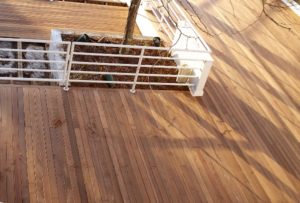
We have written about differences in material needs globally before and this is another example where one market buys a product and the saw mills hope to expand that product to new markets. Essentially the standard decking size in Europe is this 21 mm, plus sized product. The wetter climate demands a thicker product. Since South American mills are producing this slightly thicker Ipe and Cumaru for Europe already they will also offer it to US suppliers. Here is the rub. To create the 21 mm plus sizes, the mill starts with the same rough stock used to create 5/4 material also sold in the US. This means more of this precious wood goes into the dust collector as it is planed. 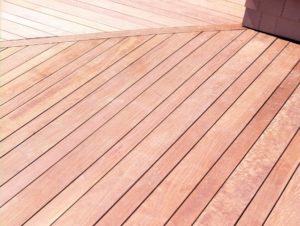
Now let’s look at the necessity of this plus sized material. Ipe is probably the perfect decking wood that is famously stable and rot resistant. 3/4 Ipe is so stable to begin with one has to question whether the 2 mm additional thickness is worth the extra cost. If you are installing a deck in such a hostile environment that it would test even Ipe, is 2mm really going to save the day? I would go for the full 5/4 material.
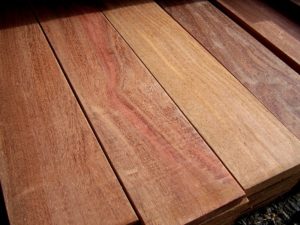
Cumaru is a great decking wood but much less stable than Ipe. So much so that J Gibson McIlvain doesn’t even carry sizes thinner than 5/4. It may not seem like much but we would not feel comfortable going any thinner and seeing as Cumaru is so much cheaper than Ipe to start with, trying to save even more is a recipe for disaster. Do you want to save a few pennies per foot on your thousand dollar and up deck only to have it warp and buckle?
Finally, a few customers have come to us lately looking for smaller quantities needed to fill in on an existing deck project only to find the thicknesses don’t match because the original deck was built with plus material. Because plus sized material is in a minority the ability to get it will be much more difficult should repair or add on be needed in the future.
These are all salient points and reasons to avoid plus size material, but personally the waste factor at the mills in South America is all I need to know to turn me off. Ipe and Cumaru are not CITES protected species but the rate of consumption globally is still very very high. Let’s not repeat the errors of the past that have caused so many species to be become threatened by sending wood up the dust collector hose when it could be made into your next deck.

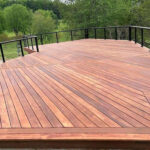
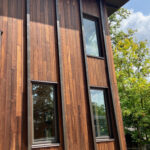
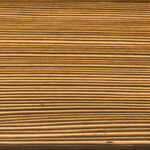





Leave a Reply